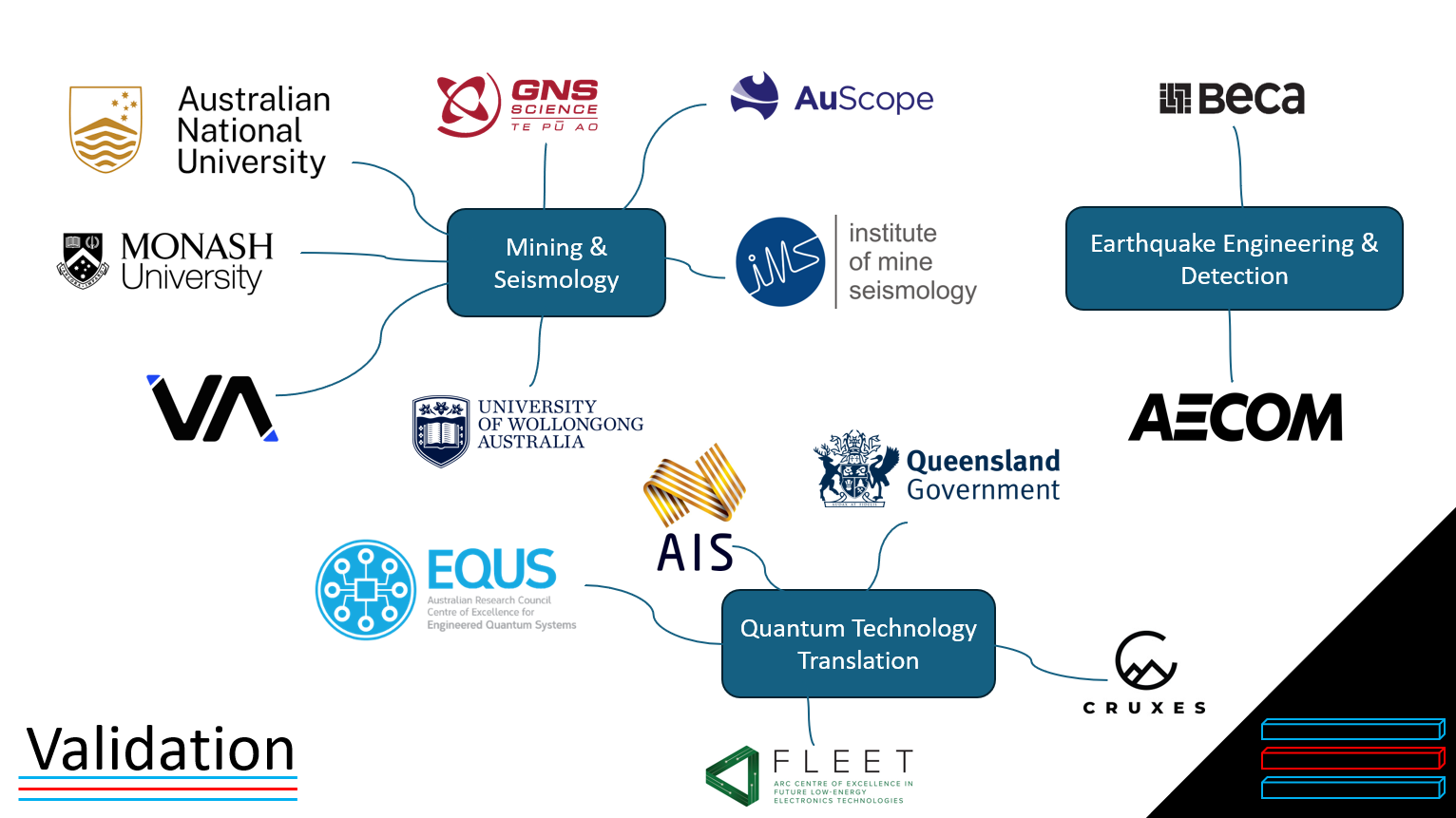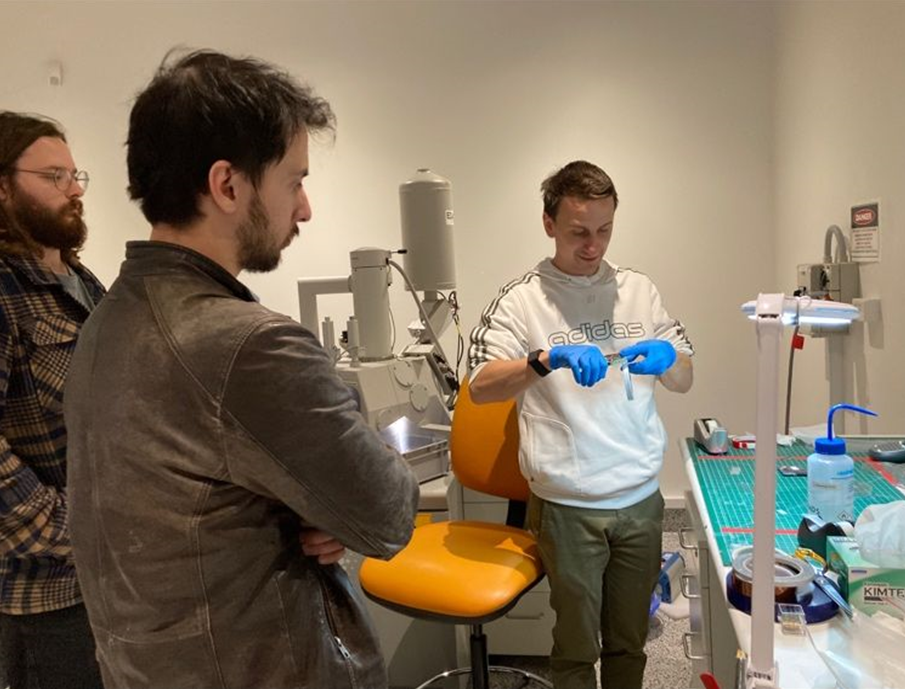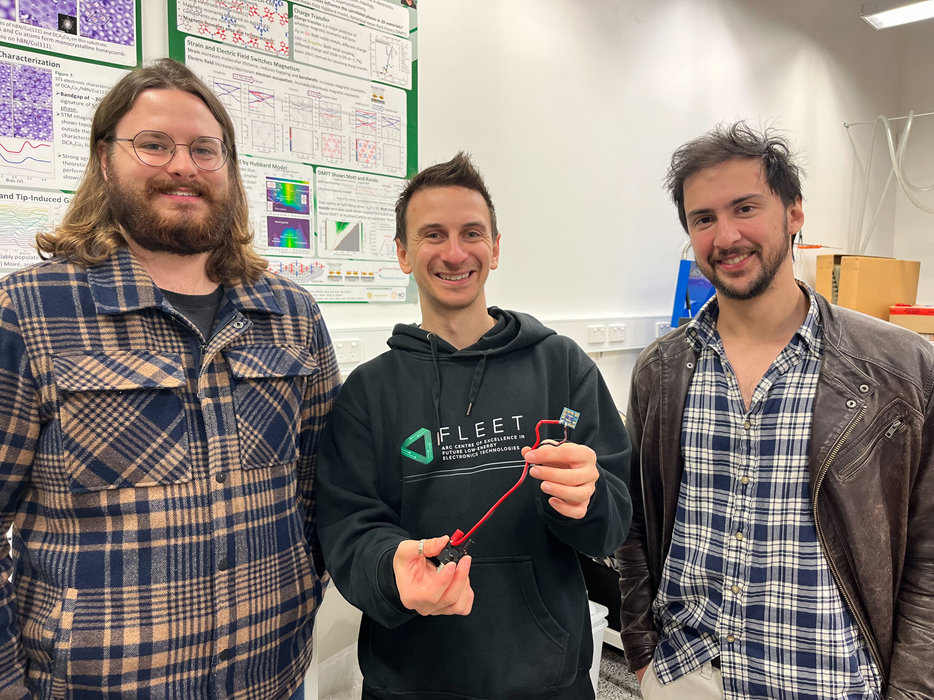Eight weeks ago I had the opportunity to compete in the Better Futures Innovation Challenge. It was a two-day event where teams were tasked with inventing novel quantum technology to solve real-world problems set by industry partners. Our team was fortunate enough to make it through to the next round after pitching our quantum seismometer to the judges. You can read more about it in my previous post.
As a shortlisted team, we were given $5,000 and six weeks to conduct market research and put something together in the lab. We also had regular sessions with Jonathan Lacey from Cruxes Innovation, an expert in translating innovative research to real-world applications. His insight and mentorship was critical to our approach over the six weeks; he taught us how to navigate the market and communicate with potential collaborators, investors and future customers.

After reaching out to several experts, including contacts from Geoscience Australia, Institute of Mine Seismology, and several key Australian universities, we learned that our sensor could have the most significant impact in mining. We discovered that there was a huge demand for more sensitive technology that could map the subterranean landscape beyond the current 1 km depth limit imposed by current technology. The ability to map deeper below the surface would have significant implications for mine safety, efficiency, and environmental impact. While our initial vision for an early earthquake detection system was a bit ambitious due to various challenges, knowing that our sensor could have a huge positive environmental impact in mining was highly motivating. With a clearer idea of the problem we wanted to solve, we were eager to prototype the seismometer.
The design of our seismometer exploits a quantum phenomenon known as quantum tunnelling. Building it involved exfoliating and stacking atomically thin materials, which is something I have a lot of experience with in my lab at Monash University. So, with some of the awarded funds, Nic and Kyle flew down to Melbourne to join Errol and me in the lab. It was an intense week where we managed to prototype the sensor and put together our final presentation in time for the virtual showcase event. Although we were able to measure a signal from the sensor, we're still waiting on some electronics from Germany to verify that the signal is genuinely a tunnelling current which can be modulated by external vibrations.

Last week, we attended the virtual event and watched the other two finalists showcase their work from the past six weeks. When it was our turn, we presented our talk, and the judges were impressed with our idea. The fact that we had managed to prototype something as a team in such a short time really stood out. Today, we were thrilled to find out that the judges selected us as the winning team.
Thanks to this competition, we now have the support of key people who are willing to help us take our idea to the next stages of validation and commercialisation. I am very grateful for the opportunity to have competed in this challenge and worked with people I wouldn't otherwise have had the chance to. This challenge has taught me a lot, but I'm most excited about what lies ahead.
